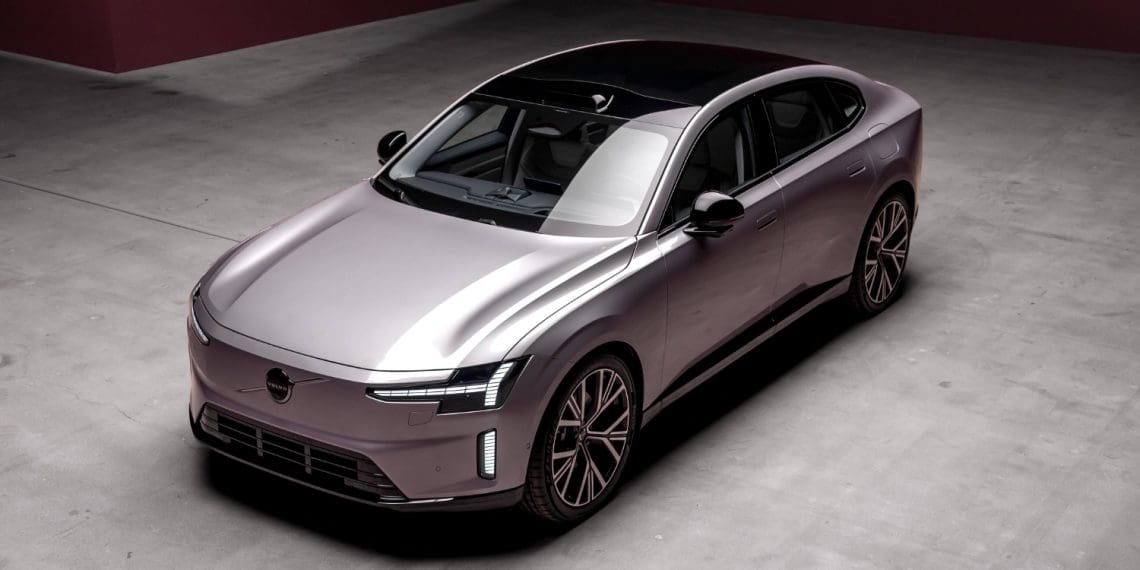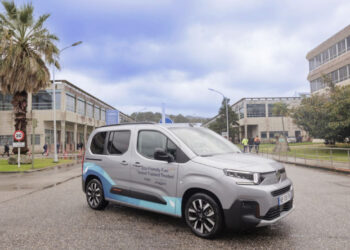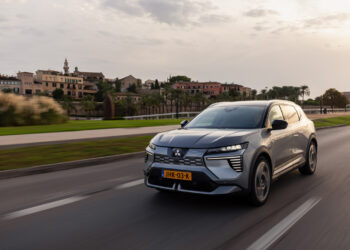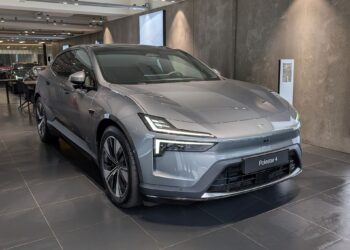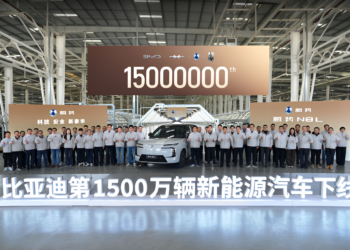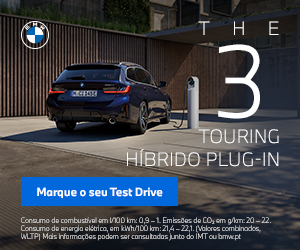Volvo announced that the new ES90 has one of the smallest carbon footprints among all premium models of the Swedish brand.
The company presented the life cycle assessment (LCA) report for the new 100% electric sedan, which records all the materials and processes that contribute to the CO2 emissions of the electric vehicle throughout its life cycle.
According to the analysis, when the ES90 is charged with electricity from the European energy grid, its CO2 footprint is 31 tons. This is approximately 50% less than that of the Volvo S90 with hybrid propulsion and 30% lower than that of an S90 with plug-in hybrid propulsion. It is also lower than the CO2 footprint of the compact electric Volvos EX40 and EC40.
If wind electricity is used exclusively to charge the ES90’s batteries, the CO2 footprint drops to 26 tons.
The LCA report, independently verified by Volvo, identifies the most important materials and processes that influence the vehicle’s carbon footprint. Additionally, it considers the entire life cycle of the electric vehicle: from the extraction and processing of raw materials, through production and use, to the end of the vehicle’s life cycle.
“We go beyond existing legal requirements and strive to achieve clear goals because this is important to us”, said Vanessa Butani, Global Sustainability Director at Volvo Cars. “Our leadership in electrification is a step towards our goal of net zero greenhouse gas emissions by 2040. In this sense, the Volvo ES90 represents our holistic approach to sustainability, which includes circular economy, climate-neutral production, and responsible business practices.”

